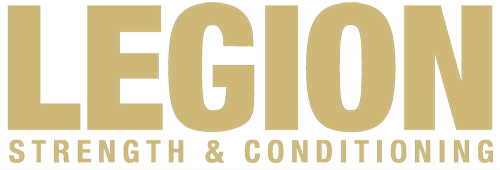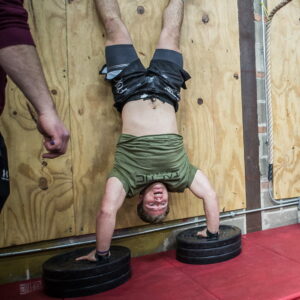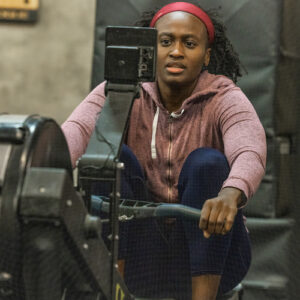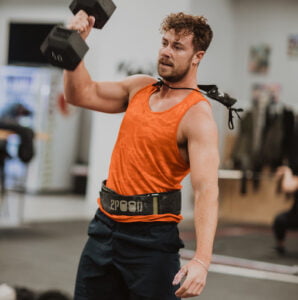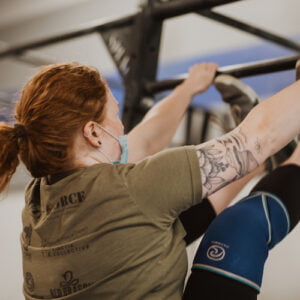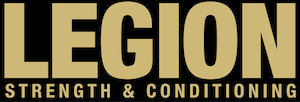Coaches need to know how to deal with the athlete who wants to increase their squat strength — and requests to add a Smolov squat cycle on top of their normal training. We want athletes to have autonomy and to feel comfortable making suggestions and guiding their training. Simultaneously, as coaches, we can see the bigger picture in a way that athletes can’t. And, we have seen a lot of mistakes and dead ends in training.
Ideally, we can consider things like experience, time of the season, and motivations when receiving requests from athletes. Athletes do a good job of identifying the problems they are experiencing. After all, they are the ones actually doing the training that we prescribe. They are not always the best at coming up with solutions, though.
The coaching process is about extracting useful information from athlete feedback and guiding them through a plan to overcome challenges.
In episode 96 of the Legion Strength and Conditioning podcast, we talk about our experience managing programming requests from athletes, how an effective feedback loop is at the heart of the coaching process, what we should do to set athletes up for long-term progress, and more.
Listen Here:
- If you’re enjoying the show, why not leave a review? It makes a difference in terms of other people finding the show.
Show Notes:
- [1:50] Looking at long-term progress and giving athletes autonomy
- [4:30] Why athletes make programming requests
- [8:10] Requests from competitors versus general population clients
- [9:20] Setting athletes up for consistency
- [10:30] Using requests and questions to understand the problems that athletes are having
- [12:50] Are athletes hitting the right stimulus in remote coaching?
- [14:50] The consequences of performing training incorrectly
- [17:00] Being more descriptive in prescription to hit the right stimulus
- [20:00] The importance of communication between athlete and coach
- [24:00] The feedback loop is the coaching process
